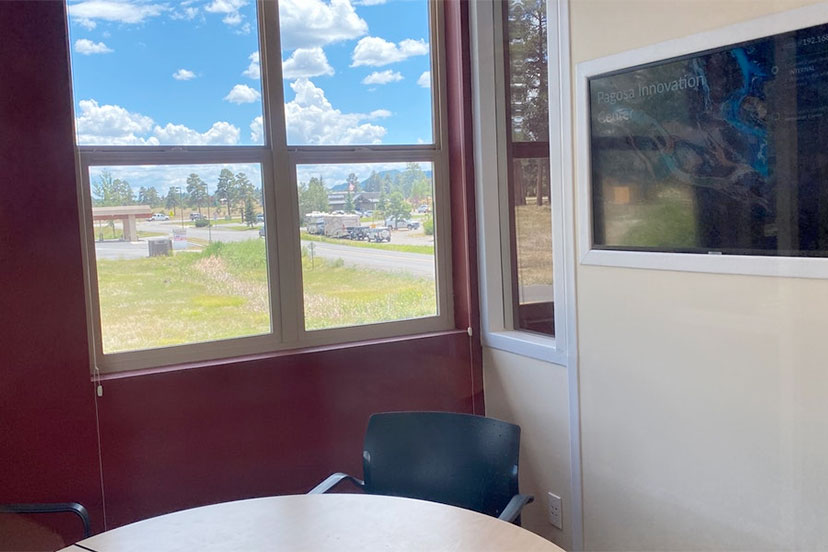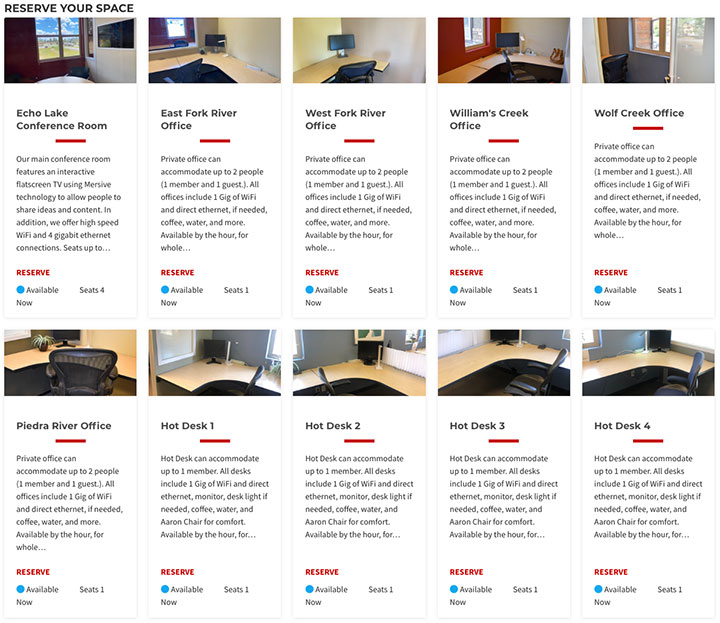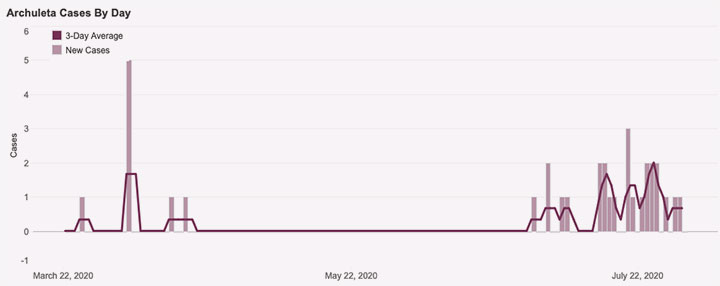Most remote workers are working in teams that span across multiple time zones: nearly 60 percent of remote workers said their company operates in two to five time zones…
— from ‘The 2021 State of Remote Work’ published by Buffer.com
I’ve been working from home, for the most part, since about 1978, when I started my first ‘home-based business’.
Not a revolutionary idea, of course. Humans had been operating home-based businesses for centuries. Millennia, even. The vast majority of these businesses were “farms”, and they were, typically, rather efficient economic machines, so long as the weather cooperated, and no swarms of locust appeared on the horizon. You planted seeds in the spring, did a bit of weeding through the summer, then waited around for the harvest, come October. Played your banjo on the front porch, mostly.
Mother and the girls carded cotton, or spun wool, and did some weaving and sewing. Baked the bread, kept everyone fed. Milked the goats each morning and evening, tended the pigs and chickens, gathered the eggs.
Not much to do in the winter except chop wood, tell stories, keep a fire going under the ‘still’.
Of course, certain people had other kinds of jobs. Government officials, for example. Tax collectors. Knights in armor. Sailors. But the vast majority of humans worked on farms, and maintained ‘cottage industries’. Roads — where roads existed — were barely wagon tracks, and were sometimes plagued by bandits and highwaymen. Safer to stay close to home… and work remotely, you might say.
If we go back far enough in history, we find that everybody worked “remotely”. Except “remote” wasn’t even remotely “remote”. It was “home”.
Many modern workers got a fresh taste of remote work in 2020 — or so I hear — as a result of the COVID pandemic. About 45% of the remote workers who responded to the Buffer.com 2021 survey stated that their shift to remote work had directly resulted from the pandemic. Nevertheless, even the surveyed workers who had been forced unexpectedly into remote work rather than choosing it prior to the pandemic, expressed a desire to continue working remotely, at least now and then.
It would be easy to look at the survey response, above, and conclude that ‘remote work’ is the wave of the future. And with that thought in mind, it might seem that ‘remote workers’ could choose to live in ‘remote’ places… like, say, Pagosa Springs?
Why not live in beautiful surroundings, breathing clean air, drinking clean water, raising your children in a small town, skiing, rafting, hiking, riding your mountain bike to work…
If only things were so convenient.
Over the past year, as more and more people have shifted to remote work situations — and as remote consumption of Netflix and Disney+ has become a way of life — it feels like the communication channels between Pagosa Springs and the ‘outside world’ have become overloaded. Stressed. Slow.
Rather than seeing steadily-improving internet and phone service, we’ve suffered exactly the opposite in many parts of our little community.
Enter the Pagosa Innovation Center.
If you’re used to working in a corporate office in, say, Dallas or Manhattan or Menlo Park, you’re probably accustomed to communication speeds at least 100 times faster than what you might have available to your home office in, say, Lake Hatcher or San Juan River Village. Maybe 1,000 times faster.
In a somewhat daring move, a co-working space called the Pagosa Innovation Center — better known to its 240 members as “PIC” — opened its doors in June, 2020, in the very midst of the pandemic… offering “high speed WiFi, a conference room, hot desks, and designated offices.” Also, “coffee, water, special events, and workshops for members only.” Ergonomic chairs. Air conditioning. 24/7 member access.
Window views.
The co-working facility is centrally located on Talisman Drive, directly upstairs from Higher Grounds Coffee.
The “high speed WiFi” might be the primary attraction, for remote workers. From the PIC website:
High Speed (1Gb/1Gb) Fiber Internet
Our space features a 1 Gigabit Symmetrical Internet Connection (1Gb Down/1 Gb Up) for the office with a 95% speed guarantee from Visionary Broadband. This makes working here feel like working downtown in a city. Our WiFi supports high speed and our Internal Network is entirely Gigabit and PoE. This connection is shared for the whole office and most of the time we can support 100/100 Mbps for each use in the space.
I had a chance to chat with PIC co-founder and board president, Dawn Kolpin, earlier this month. We talked briefly about remote work in general; mostly we talked about PIC. We discussed, for example, the decision by the PIC board of directors, to hold an ‘open house’ for the new facility in June, 2020.
The perceived problem for Archuleta County, in June, wasn’t local COVID cases. Pagosa Springs saw zero confirmed COVID cases from April 21 through the end of June. Here’s the San Juan Basin Public Health (SJBPH) graph of cases in Archuleta County, between March 22 and July 31…
The perceived problem, then, was tourists. From the SJBPH press release, on July 2, 2020, when the agency began tracking COVID cases among tourists:
As tourism destinations, both Archuleta and La Plata counties are now seeing an influx of visitors from potential hot spots, including Texas, Arizona and Utah. With the additional non-resident data, SJBPH stresses the importance of locals and visitors taking strong precautions against the spread of the virus, such as social distancing, wearing face coverings, and washing hands frequently…
Here’s Ms. Kolpin:
“It was definitely a challenging time, for us to consider opening… Some of the board members were a bit nervous about opening the doors, during COVID. Other board members said, ‘Absolutely, this is the right time to open…’
“There was a migration coming into rural areas; a lot of people hoping to hide out in rural areas. Decentralization was going on in some of the cities and tech hubs… Decentralization out of offices, into remote areas, wherever… Tech hubs finding creative ways to work within their teams, and with remote members of their teams…
“COVID has really blown open the doors for a new way of working.
“I will say, that a lot of people in Pagosa had already been working remotely, for years. Myself included…”




